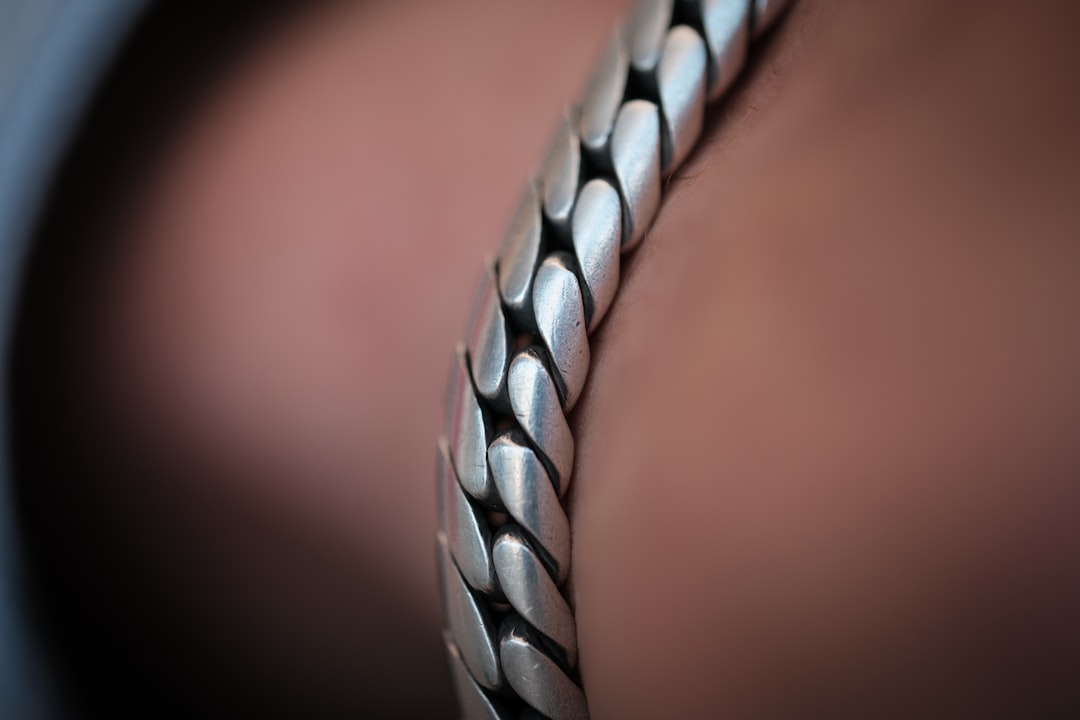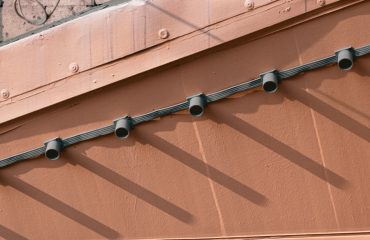Pipe bending and straightening are crucial processes in various industries, from construction and manufacturing to plumbing and oil and gas. Achieving precise bends and straight sections is essential for functionality, safety, and aesthetics. This comprehensive guide explores different methods, tools, and considerations to help you master these techniques.
1. Understanding Pipe Material and its Impact on Bending and Straightening
The material of the pipe significantly influences the bending and straightening process. Different materials have varying levels of ductility, tensile strength, and yield strength. Steel pipes, for instance, require more force and specialized tools compared to copper or aluminum pipes. Understanding the material properties is crucial for selecting the appropriate bending and straightening techniques to avoid damage or failure. Factors to consider include:
- Material Type: Steel (carbon steel, stainless steel), copper, aluminum, PVC, etc. Each material has unique properties affecting its bendability.
- Pipe Diameter and Wall Thickness: Larger diameter and thicker-walled pipes require more force and potentially different tools.
- Pipe Length: The length of the pipe affects the overall bending process and the potential for buckling.
- Temperature: Heating the pipe can increase its ductility, making it easier to bend, especially for high-strength materials. However, improper heating can lead to material degradation.
2. Common Pipe Bending Methods and Techniques
Several methods exist for bending pipes, each suited to different materials, diameters, and desired bend radii. These include:
- Manual Bending: Suitable for smaller diameter, softer pipes. This often involves using hand tools like pipe benders, which create bends by applying pressure and leverage. Accuracy can be challenging.
- Hydraulic Pipe Bending Machines: These machines offer greater precision and power, allowing for bending of larger diameter and thicker-walled pipes. They utilize hydraulic pressure to control the bending process.
- Roll Bending: This method uses three rollers to gradually bend the pipe into the desired shape. It’s particularly effective for bending long lengths of pipe with a consistent radius.
- Press Bending: This technique uses a die and a ram to bend the pipe. It’s highly accurate and suitable for complex shapes but requires specialized equipment.
- Flame Bending: This method involves heating a localized section of the pipe to increase its plasticity, allowing for easier bending. Careful control of the heat is crucial to avoid damage.
3. Effective Pipe Straightening Techniques and Considerations
Straightening bent pipes requires careful consideration to avoid further damage. The chosen technique depends on the severity of the bend, pipe material, and available tools. Methods include:
- Mechanical Straightening: This involves using straightening tools, such as rollers or presses, to gradually straighten the pipe. It’s effective for minor bends but can be challenging for severe bends.
- Thermal Straightening: Heating the bent section can help relieve stresses and straighten the pipe. This is particularly effective for mild steel pipes. Careful temperature control is crucial to avoid material degradation.
- Hydraulic Straightening: Hydraulic presses can apply controlled force to straighten bent pipes. This method is effective for various pipe materials and bend severities.
- Three-Roll Straightening: Similar to roll bending, but the rollers are adjusted to straighten the pipe rather than bend it. This method is effective for long pipes with consistent bends.
4. Choosing the Right Tools and Equipment for Pipe Bending and Straightening
Selecting the appropriate tools and equipment is critical for achieving accurate and efficient results. The choice depends on factors like pipe material, diameter, and the desired bend radius or straightness. Consider the following:
- Hand Tools: Pipe benders, wrenches, clamps.
- Power Tools: Hydraulic pipe benders, electric straightening machines.
- Specialized Equipment: Roll benders, press benders, three-roll straightening machines.
- Measuring Instruments: Measuring tapes, calipers, protractors.
- Safety Equipment: Safety glasses, gloves, hearing protection.
5. Safety Precautions and Best Practices in Pipe Bending and Straightening
Safety should always be the top priority when working with pipe bending and straightening. Following these safety precautions is crucial:
- Proper Training: Ensure you have adequate training before operating any equipment.
- Use of Safety Equipment: Always wear appropriate safety gear, including safety glasses, gloves, and hearing protection.
- Secure Work Area: Ensure a stable and organized work area to prevent accidents.
- Careful Handling of Materials: Handle pipes carefully to prevent injuries.
- Regular Equipment Maintenance: Regularly inspect and maintain equipment to ensure safe operation.
- Emergency Procedures: Be familiar with emergency procedures and have a plan in place.
By understanding the principles of pipe bending and straightening, selecting the appropriate methods and tools, and prioritizing safety, you can achieve precise and efficient results in your projects. Remember to always consult relevant industry standards and regulations for best practices.
Tags: Pipe bending, pipe straightening, pipe bending techniques, pipe straightening methods, pipe bending tools




